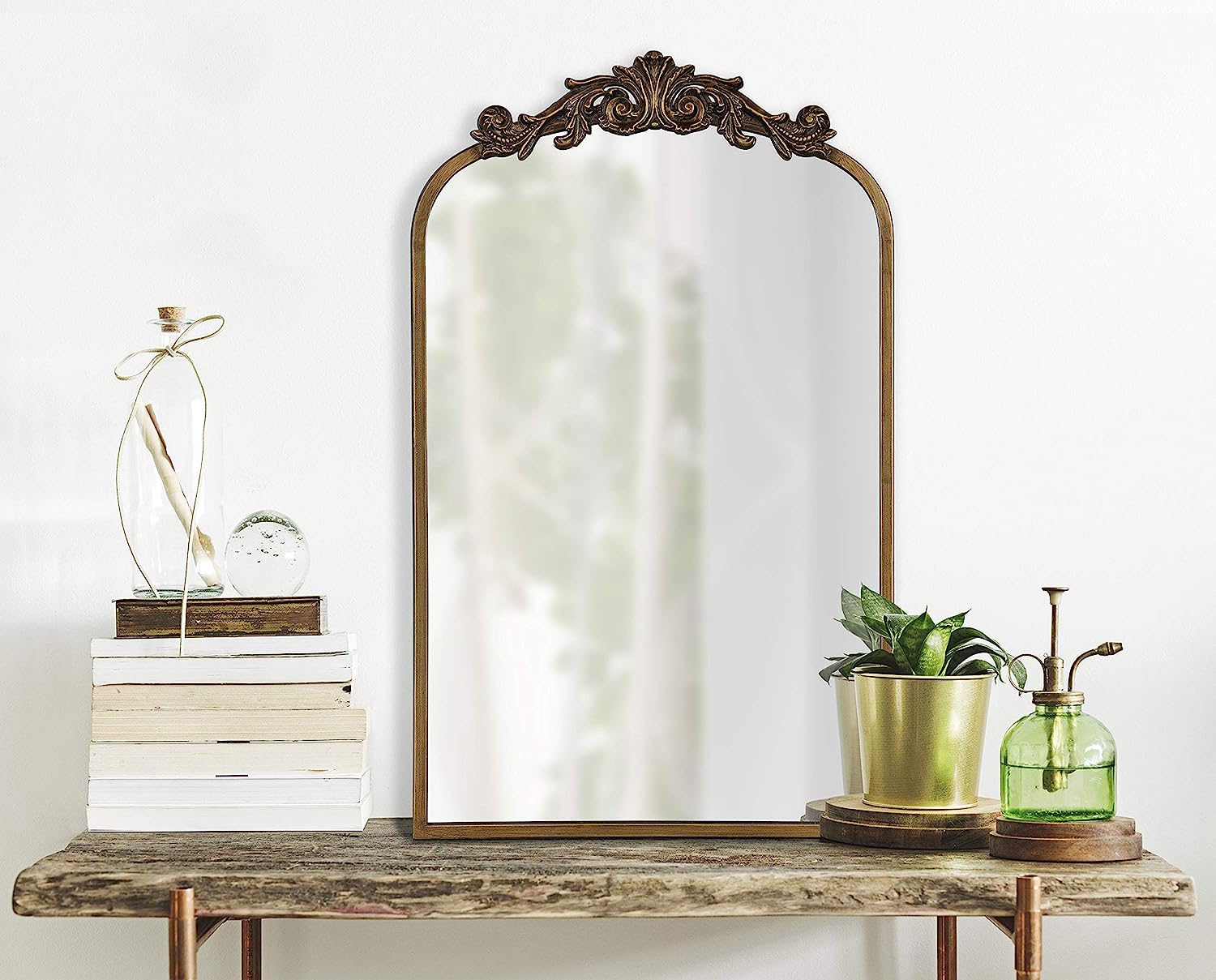
Baroque mirrors are beautiful, large mirrors known for their detailed and ornate designs. They come from a time in history when art was grand and full of drama. Here is your complete guide to these unique mirrors, which includes their history, special characteristics, and how they fit into today’s decor.
What Are They?
Baroque mirrors are decorative pieces originating from the Baroque era, a period of lavish artistic style. Characterized by their grandeur, these mirrors feature ornate designs, often embellished with intricate carvings and gilded in gold or silver.
More than a functional item, a Baroque mirror is a statement piece, reflecting the dramatic intensity and rich detail that defined the Baroque style. Today, they remain a popular choice for those seeking to infuse their space with a touch of historical opulence and artistic complexity.
History of Baroque Mirrors
The Baroque era, spanning from the late 16th to the mid-18th century, was a transformative period for mirror manufacturing. Craftsmen, primarily from Venice, advanced mirror-making technology, evolving from the small, convex mirrors of prior times to clear, flat glass mirrors. This was a significant progression, allowing mirrors to become larger and more impactful, both decoratively and functionally.
Baroque mirrors served as much more than just reflective surfaces; they were masterpieces of artistry, meant to command attention. Often vast in size, these mirrors were elegantly encased in frames richly decorated with gilded, intricate carvings. The attention to detail in their design mirrored the Baroque style’s emphasis on extravagance and spectacle.
Their grandiosity made them extremely popular, especially in France, during the reign of Louis XIV (1643-1715). Louis XIV, a notable patron of the arts, championed the use of mirrors in interior decor, culminating in their extensive use in the opulent Palace of Versailles. This period marked the zenith of Baroque style, with the mirrors symbolizing the magnificence and grandeur that were at the heart of this artistic movement.
Styles and Types of Baroque Mirrors
A range of styles and types of mirrors arose during the Baroque period, each reflecting distinct aspects of the era’s grandeur and opulence. Here are the key styles and types of Baroque mirrors you may encounter:
Antique Baroque Mirrors
These are original mirrors from the Baroque period. They’re characterized by their historical charm and often feature ornate wooden frames that have been gilded in gold or silver leaf.The process of gilding involves meticulously applying thin sheets of gold or silver leaf to the prepared surface of the mirror frame, often over a layer of gesso. This creates a luxuriously reflective finish.
These mirrors can be challenging to find and may come at a higher cost due to their authenticity and age. Collectors and history enthusiasts particularly value them, as owning one is like preserving a piece of art history in your own space. Moreover, each antique Baroque mirror carries a unique patina and signs of age that contribute to its unique character and irreplaceable charm.
Reproduction Baroque Mirrors
Modern reproductions of Baroque mirrors aim to capture the essence of the period while being more affordable and accessible. These mirrors come in a variety of materials and finishes, from resin to metal, and may feature either hand-carved or molded details.
They offer flexibility in terms of size, design, and finish, allowing them to cater to a wider array of interior design styles. Moreover, these reproductions are more durable and easier to maintain than their antique counterparts, making them a practical choice for everyday use.
Venetian Mirrors
Venetian mirrors hold a special place in the history of mirror-making. Renowned for their craftsmanship and elaborate designs, these mirrors were created in Venice, Italy, a city that was the center for superior glass production in the 16th century.
With their decorative glass designs, intricate detailing, and often extensive use of etching, they are considered as some of the most beautiful and high-quality mirrors ever made. Owning a Venetian mirror is like having a piece of history at home, bringing a distinct charm that’s both romantic and luxurious.
Louis XIV Style / Versailles Style Mirrors
These mirrors are hallmarked by their grandeur and extensive ornamentation, reflecting the opulence of King Louis XIV’s reign in France. Typically larger in size than other baroque options, they were designed to symbolize absolute monarchy and exhibit extensive gilding across elaborate wooden carvings.
Their ornate details often feature royal motifs like the fleur-de-lis and crowns, alongside natural and mythical elements. Notably, these mirrors were extensively used to cover whole walls in the Palace of Versailles, creating a dazzling effect of infinite space. Thus, Louis XIV Style mirrors epitomize an elevated level of Baroque extravagance and intricacy.
Frame Shapes
Baroque mirrors are known for their varied and unique shapes, however, some shapes are more prevalent than others. The most popular shapes for Baroque mirrors are:
Rectangular: Rectangular mirrors are perhaps the most common. They often feature an intricately designed frame, laden with ornate motifs such as scrolls, leaves, and shells. These mirrors were frequently used over mantels or in entrance halls to reflect light and add a sense of depth.
Oval: Oval Baroque mirrors offer a softer, yet equally grand, alternative to rectangular ones. These mirrors tend to emphasize the intricate detailing of the frame even more, as the curved shape lends itself well to the ornamental style of the Baroque period.
Round: Round Baroque mirrors are less common, but still popular for their unique aesthetic. They often showcase a richly decorated frame and can serve as a dramatic focal point in a room.
Arched or Crested: These mirrors have a rectangular or square shape at the bottom and a decorative crest or arch at the top. This design is common in both large, wall-mounted mirrors and smaller, table-top designs.
Choosing a Baroque Mirror
Selecting a Baroque mirror involves considering several factors, including its intended purpose, placement, budget, and whether you prefer an antique or a modern reproduction. Here are some tips to help guide your selection process:
Determine the Purpose: Is the mirror going to be a focal point in your room, or will it be used for functional purposes such as in a bathroom or over a vanity? This will help guide your decision on size, shape, and ornateness.
Consider the Space: The size and style of the mirror should harmonize with your existing decor. An oversized mirror might overpower a small space, while a too-small mirror may get lost in a large room. The style of the mirror should also complement the room’s existing aesthetic.
Budget: Authentic antique Baroque mirrors can be quite expensive, while reproductions offer the style at a more affordable price point. Decide on a budget before you start shopping to narrow down your options.
Authenticity for Antiques: If you’re considering an antique mirror, pay attention to the frame’s material, the gilding, and signs of aging. Authentic Baroque mirrors are usually made of hardwoods and adorned with gold or silver leaf applied by hand, lending a unique texture and sheen that can’t be perfectly replicated by modern techniques.
Unevenness, minor cracks, or slightly faded gilding can also indicate the piece’s age. Remember that any antique should come with provenance or a certificate of authenticity.
Quality of Reproductions: For modern reproductions, look at the quality of the materials used, the precision of the carving or molding, and the finish. A high-quality reproduction should capture the essence of the Baroque aesthetic and will hold up better over time.
***Remember that choosing a mirror is highly personal. The most important thing is that you love the piece, as it will likely be a significant part of your decor for years to come.***
How to Use Baroque Mirrors in Home Decor
Baroque mirrors, with their ornate details and rich history, can be a stunning addition to your home decor. They offer an element of luxury and can effortlessly become the focal point of any room. Here are a few tips on how to use Baroque mirrors in your home:
Living Room Statement: A large Baroque mirror can anchor your living room and instantly add a touch of grandeur. Place it over the fireplace or on a prominent wall to draw attention and reflect the beauty of your space. The intricate details of a Louis XIV style mirror, for instance, can contribute a luxurious vibe, creating a sense of depth and space.
Dining Room Elegance: A Baroque mirror can elevate your dining area by reflecting light and adding a dramatic touch. Try hanging it opposite a window to enhance the natural light, or use it to showcase the dining table setup.
Bedroom Luxury: Use a Baroque mirror as a unique headboard or place it above a dressing table for a touch of opulence. Its intricate design can make your bedroom feel more elegant and stylish.
Bathroom Glamour: Even in a bathroom, a small Baroque mirror can add a lavish touch. They’re not just practical; their historical charm can turn an ordinary bathroom into a glamorous space.
Hallway Interest: Hallways can often feel narrow and dark, but a Baroque mirror can help counteract this by bouncing light around and giving the illusion of depth.
Creating a Gallery Wall: Smaller Baroque mirrors can be combined in a gallery wall arrangement, mixing them with artwork or other decorative pieces for an eclectic look. This allows the ornate designs of the mirrors to become part of a larger, intriguing visual display.
Remember, while Baroque mirrors carry a specific historical style, they can blend well with a variety of decor styles, including traditional, eclectic, and even modern aesthetics when used thoughtfully. Their ability to reflect light and their intricate detailing can significantly enhance any space.
Caring for Baroque Mirrors
Maintaining the splendor of your Baroque mirrors requires mindful care, especially if you’re lucky enough to possess an antique piece. Here are some tips to help you care for them:
Dusting: Regular dusting is essential to keep the intricate details of your mirror visible and vibrant. Use a soft, dry microfiber cloth to dust the frame. For the hard-to-reach details, consider using a soft paintbrush.
Cleaning the Glass: It’s best to use alcohol-based glass cleaners or a mixture of vinegar and water. Spray the solution onto a soft cloth rather than directly on the mirror to prevent the liquid from seeping into the frame and causing damage.
Avoid Abrasive Cleaners: Never use abrasive cleaners or harsh chemicals on the frame, especially if it’s gilded with gold or silver leaf. These can scratch or degrade the finish. Instead, lightly dampen a soft cloth with water and gently wipe the frame.
Handle with Care: Remember, if you own an antique Baroque mirror, it has survived for centuries! Always handle it with the utmost care. If moving the mirror, be sure to have a secure grip and avoid any areas of the frame that seem delicate or loose.
Professional Restoration: If your antique mirror frame is damaged or the mirror’s silvering is deteriorating, consider contacting a professional restorer. They have the expertise to restore your mirror while preserving its historical integrity.
Climate Control: Try to keep antique mirrors in a stable environment, avoiding areas of high humidity or rapid temperature changes, as these can lead to damage over time.
Remember, a well-cared-for Baroque mirror is not only a practical addition to your home but a piece of art history that can be cherished for generations to come.
Start Shopping for Baroque Mirrors!
Discover The Magic Of Frameless Mirrors
Buy on Amazon Most people wrongly assume that for a mirror to look great it must have a beautiful frame. However, nothing could be further from the truth. In fact, a mirror doesn’t need a frame at all; a frameless mirror can be a fantastic-looking choice and one which...
The Complete Cheval Mirror Guide
Buy on Amazon Luxurious and functional are the two words most often used to describe this wonderful type of mirror that will instantly add charm to any space one is used. So just what is a cheval mirror and why are they so special? Here is your all-in-one guide which...
An Over The Door Mirror Makes Saving Space Easy
Buy on Amazon Typically most mirrors are free-standing or mounted in place onto a wall or door. Another option and one which has many fantastic benefits is an over the door mirror. Just like their name suggests they aren’t mounted directly into the door using screws...
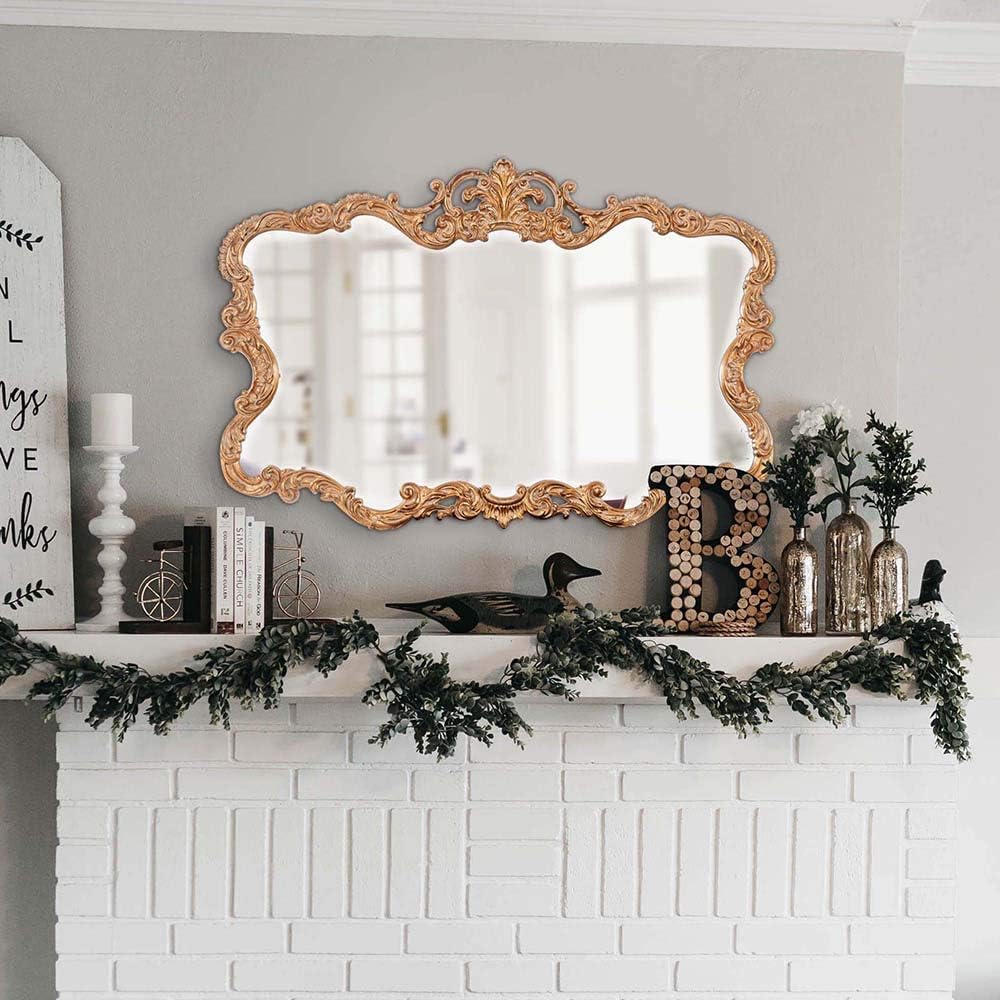
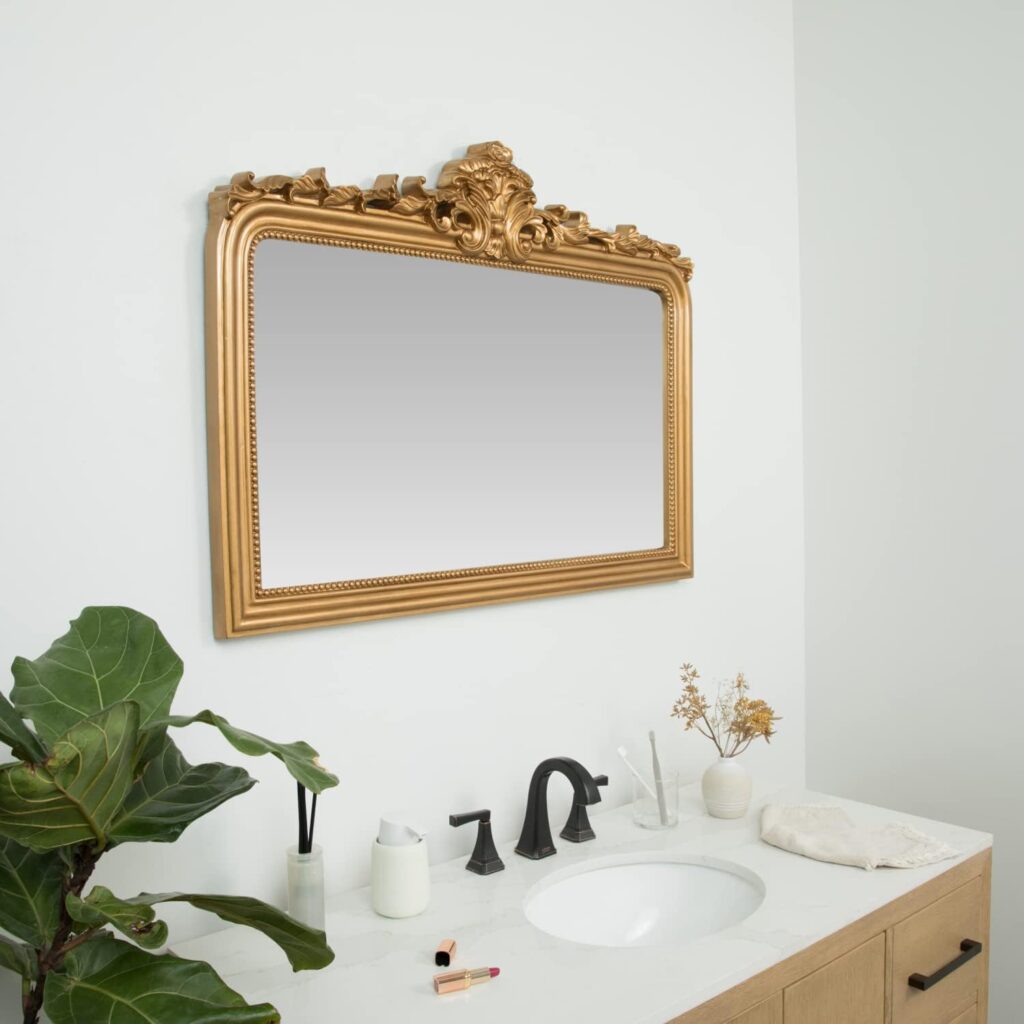
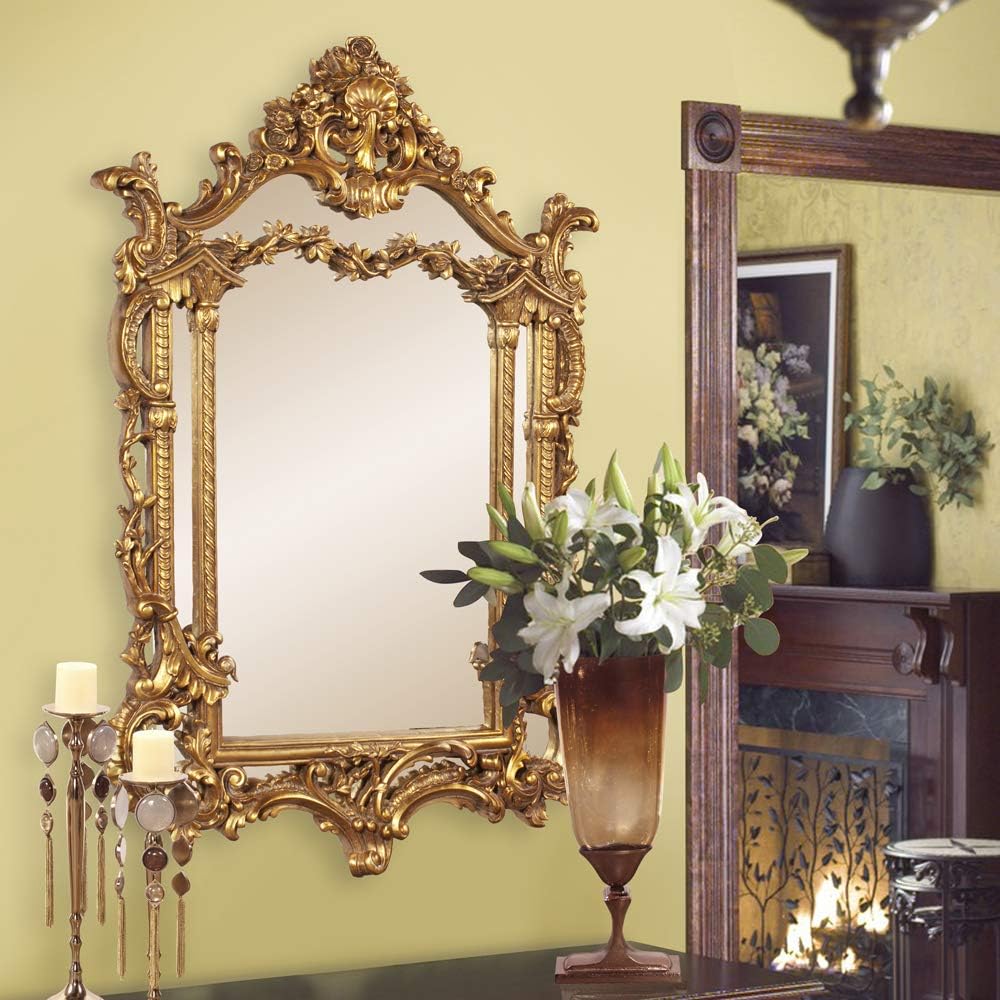
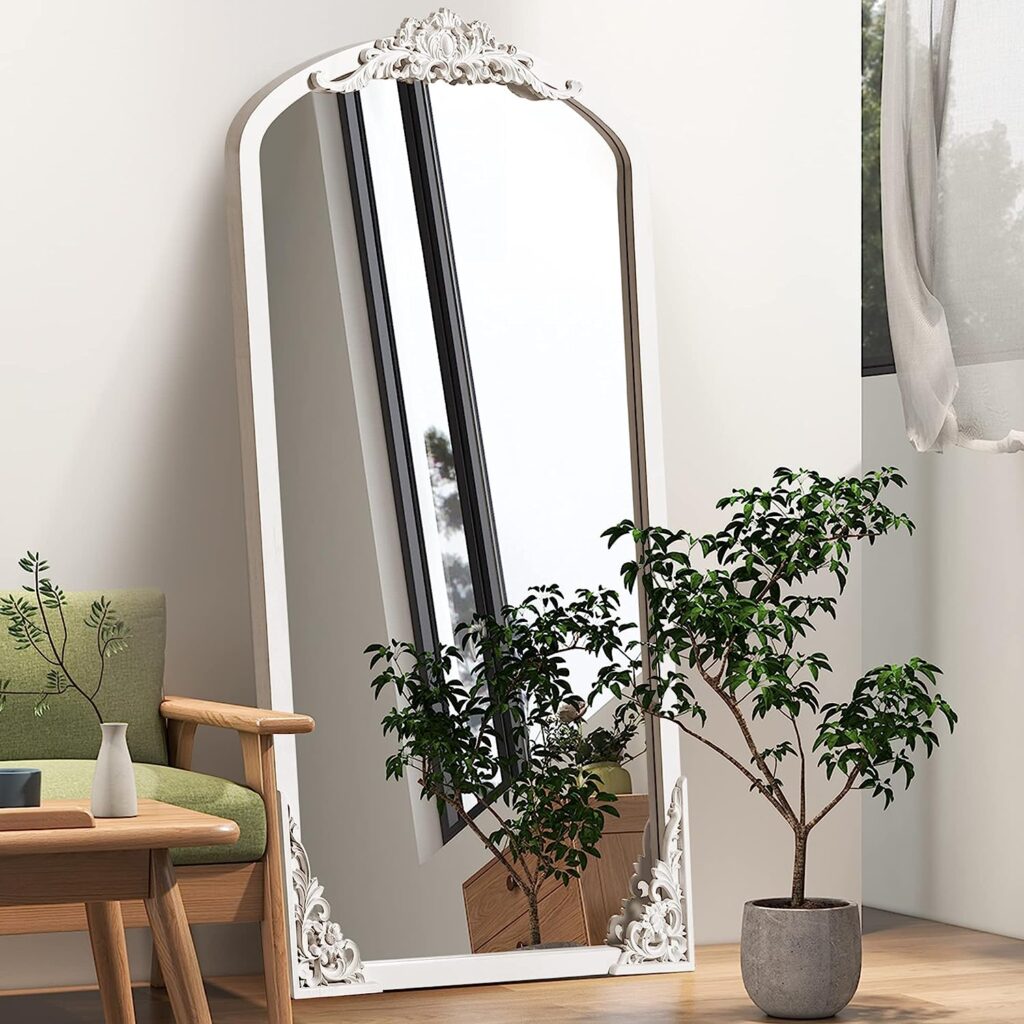
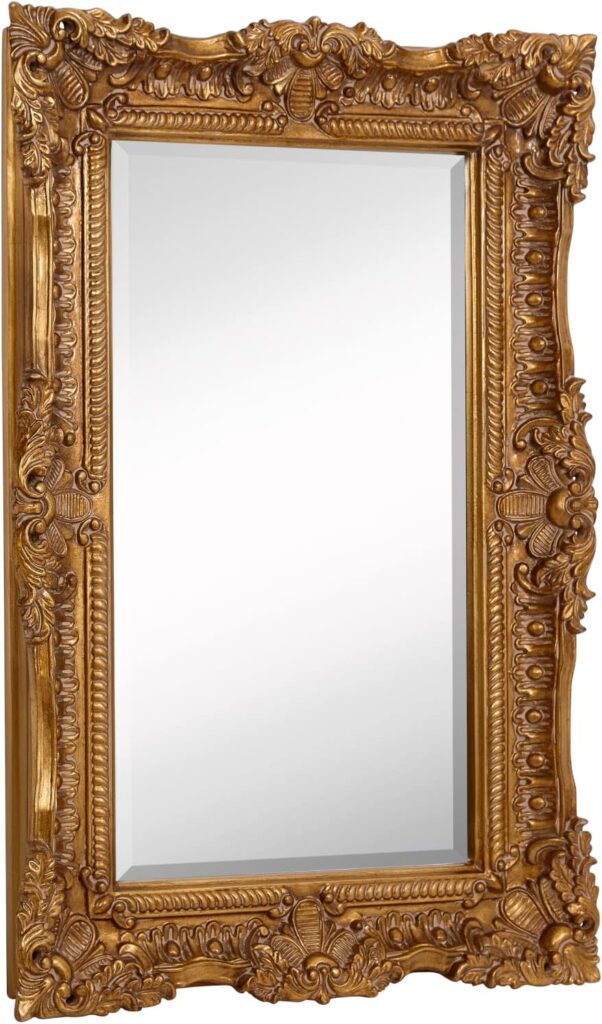
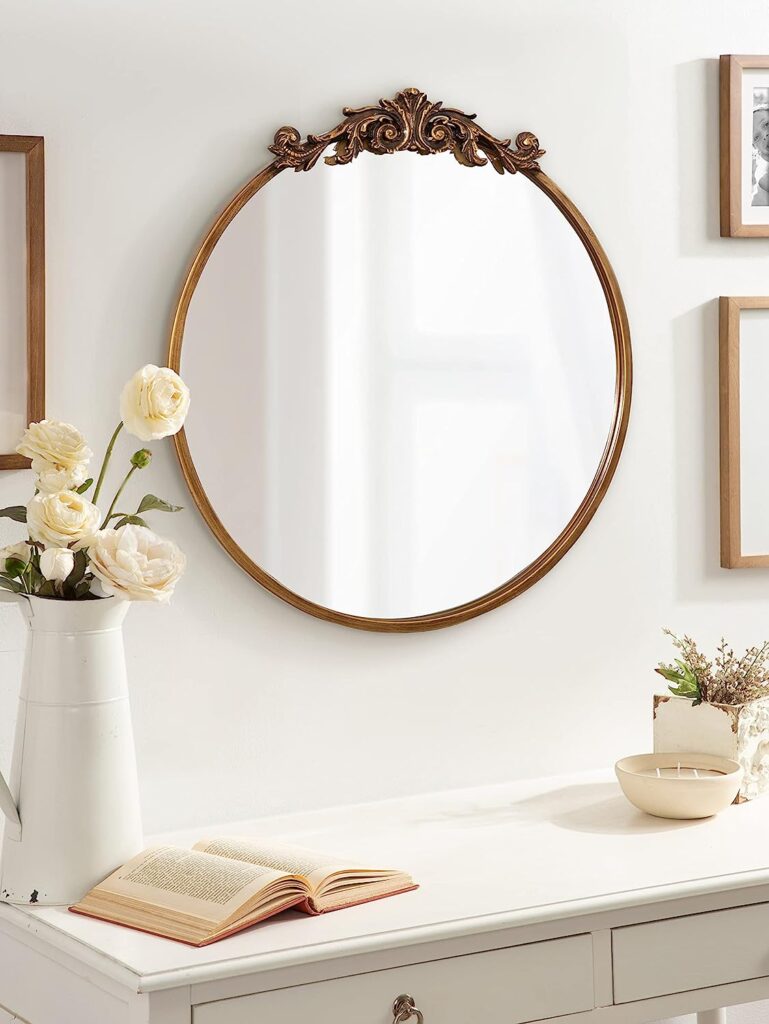
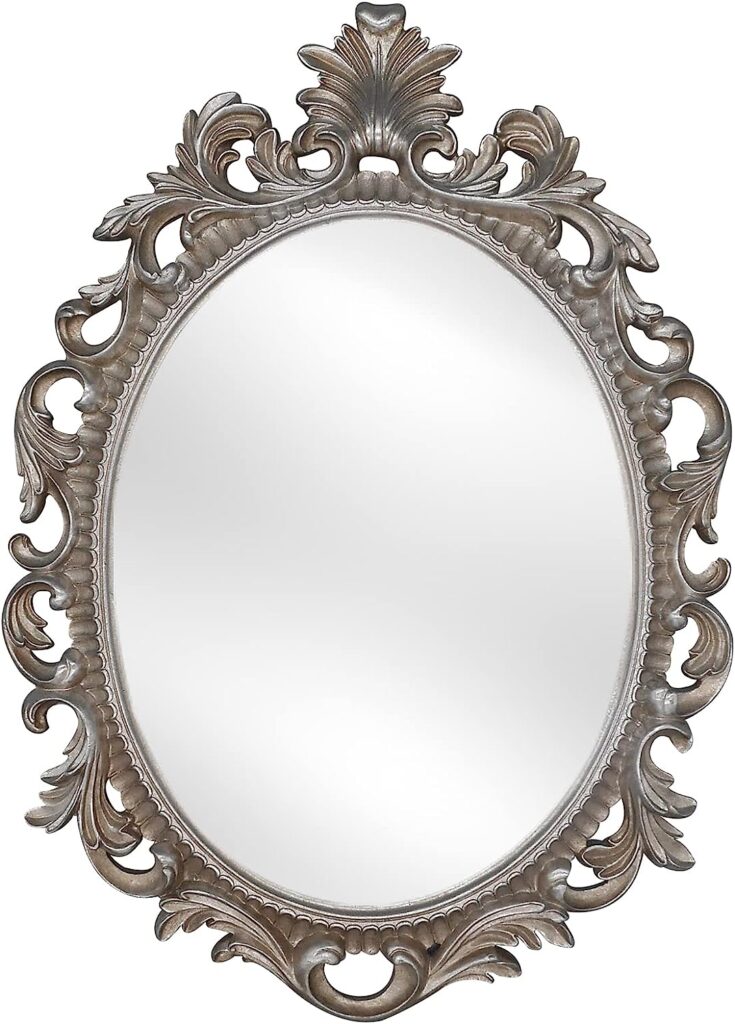
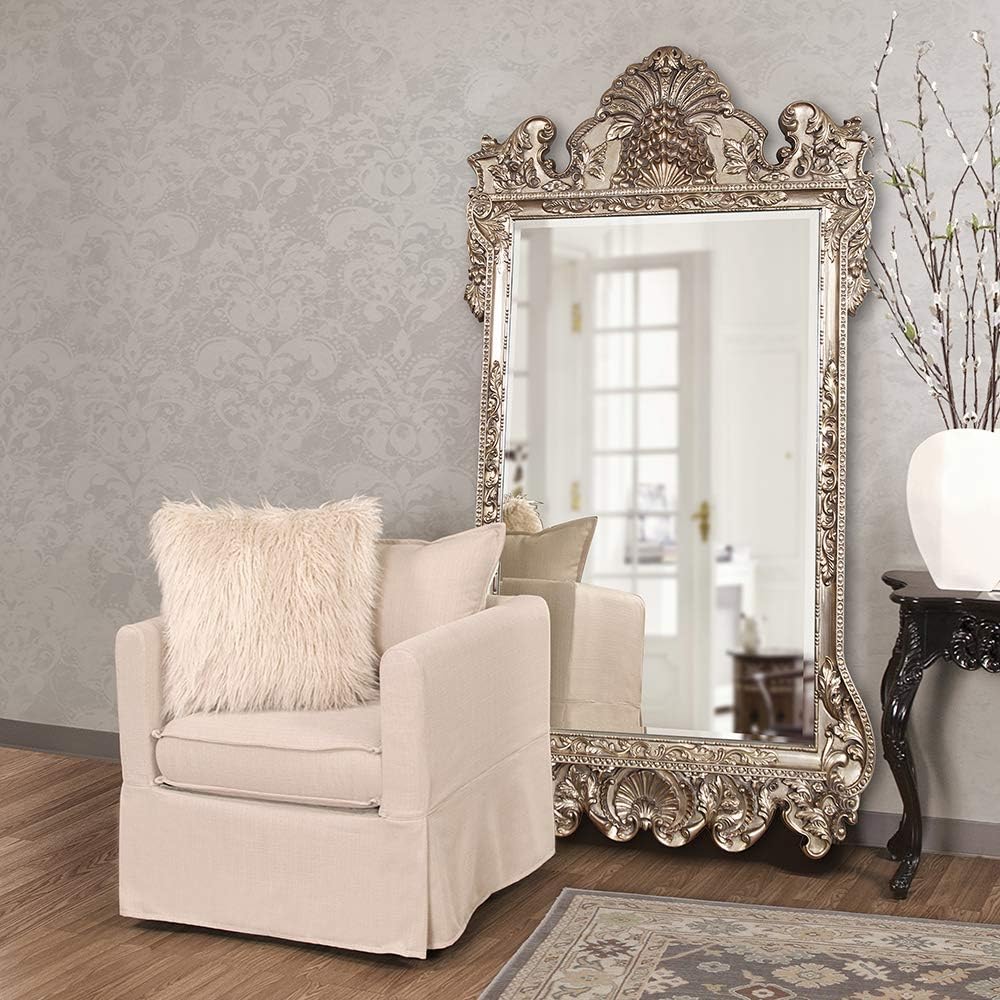
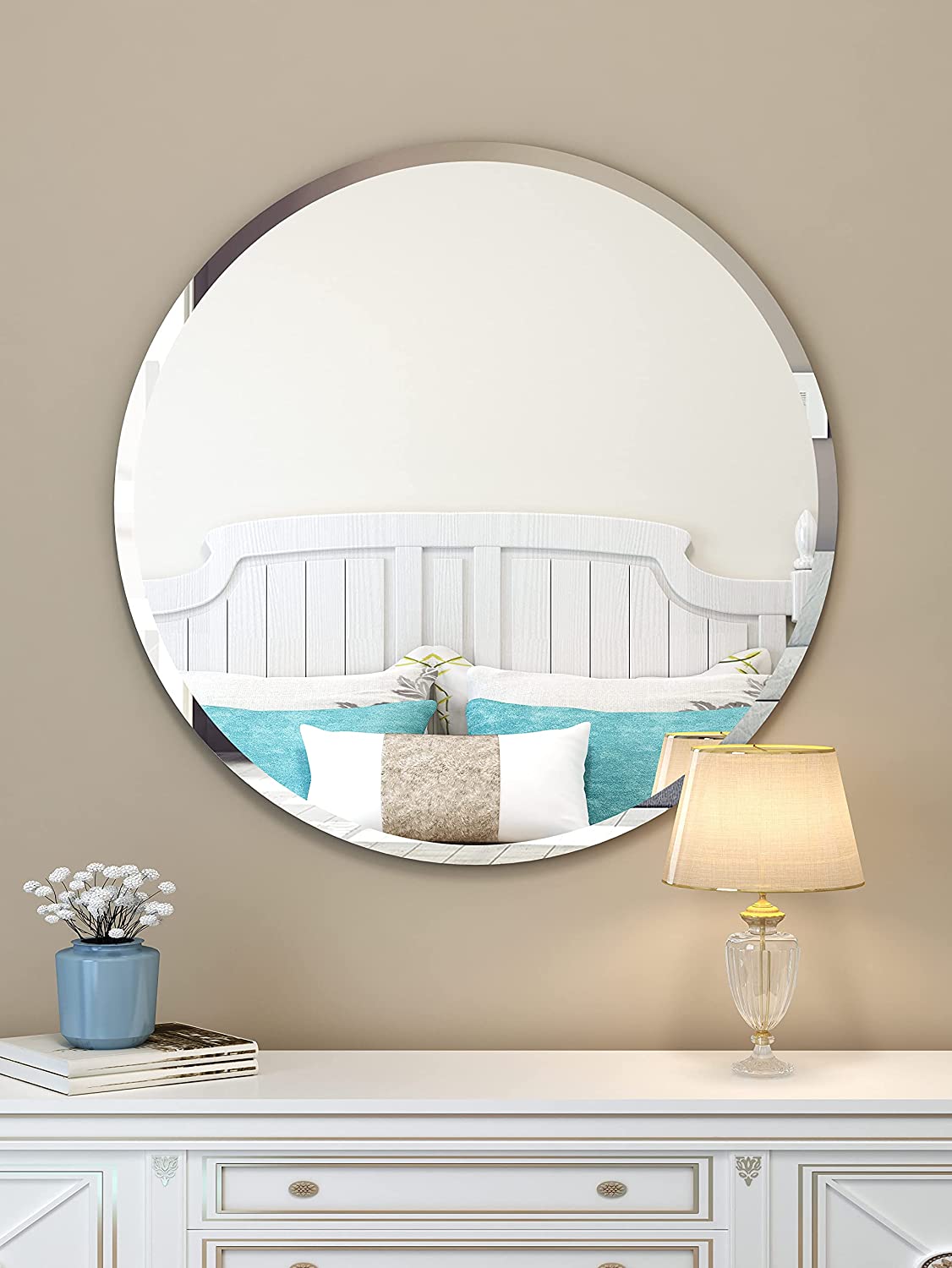
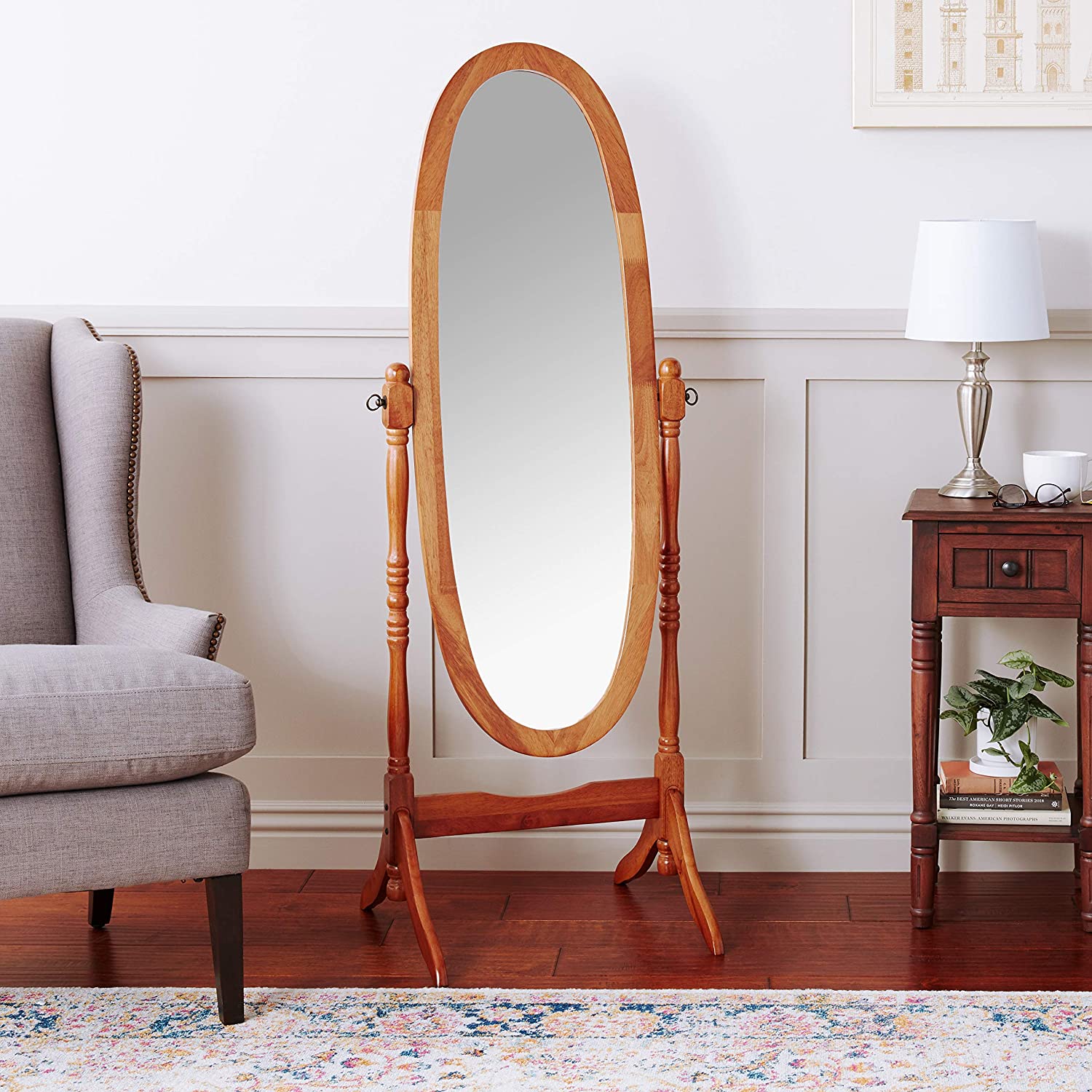
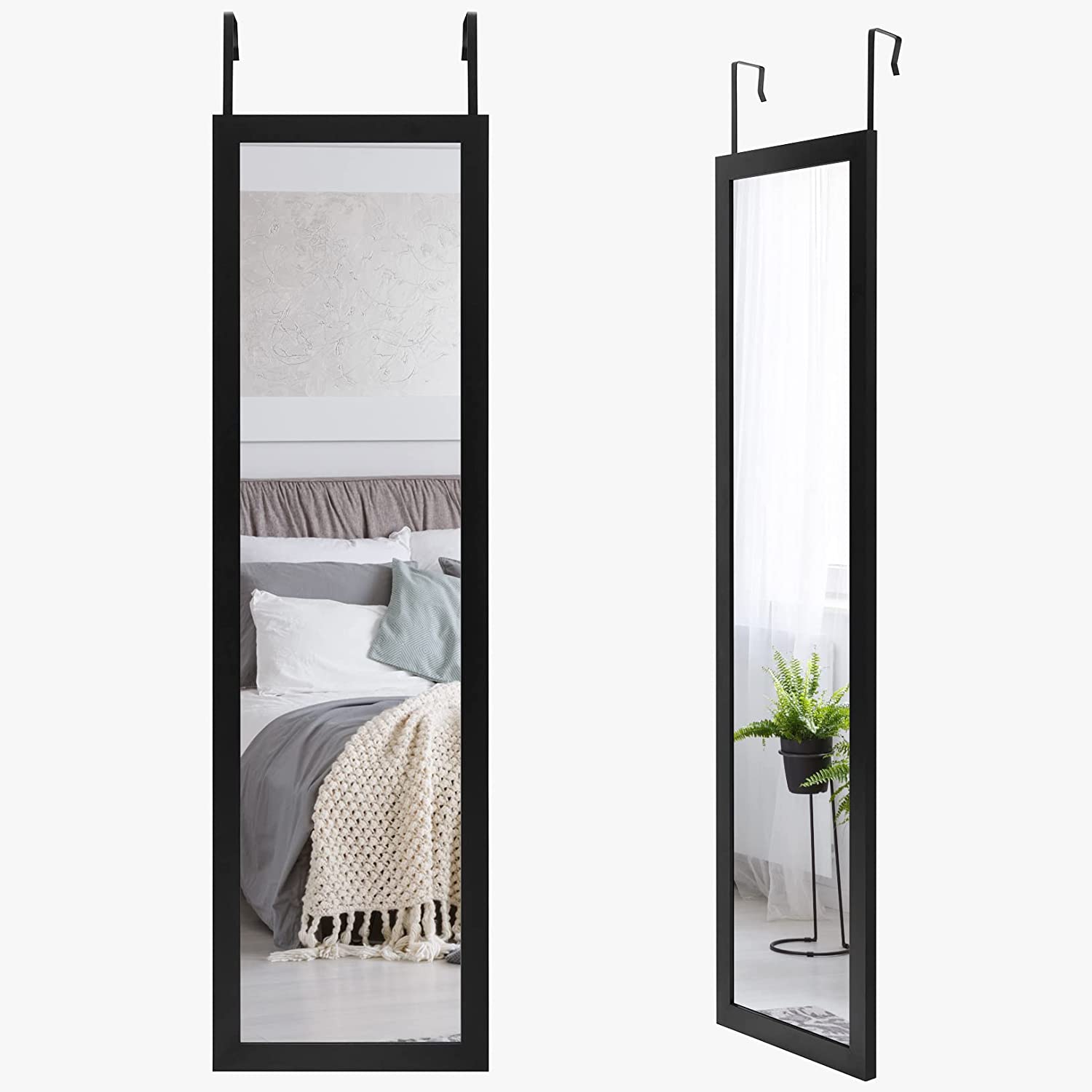
You must be logged in to post a comment.